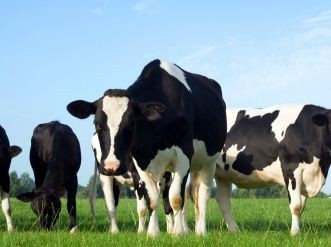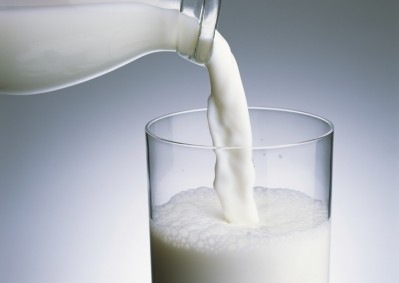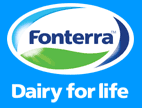New method to detect vet drugs in infant food bolsters EU zero tolerance approach - research

The team from the University of Almeria (UAL) said it had found “very small” residues of veterinary antibiotics in milk powder and meat-based food aimed at infants using the analytical method.
The “multi-residue”' method allows for simultaneous screening in baby foods of several drugs given to livestock – such as antibiotics including tilmicosine, or antiparasitic drugs like levamisole.
The research, published in the journal Food Chemistry, stressed the residues detected were minuscule but that it highlighted the need to minimise use of the drugs where possible on food safety grounds.
In recent years, scientific concern over the accumulation of such drugs in the tissues of animals and the potential health hazard caused by their transmission into food has been mounting. Evidence has suggested such drugs transferred into human foods can trigger allergic reactions or induce pathogen resistance to antibiotics used in human medicine.
Regulatory climate
The study notes that while the European Commission has established maximum residue levels (MRLs) of veterinary drugs in processed cereal-based baby foods and infant formula, it said there is no current legislation for veterinary drug residues in meat-based baby foods and powdered milk-based infant formula.
This has led to a zero-tolerance approach in the region. But in order to be enforceable, this requires the “development of sensitive analytical methods to determine the presence of these compounds at very low concentration”, said the group.
The study highlights infants aged between 0-2 years as being “the most vulnerable risk group of the population” because they are more prone to be exposed to veterinary drugs than adults due to their comparatively higher food consumption rate per weight unit.
The research said developing a simultaneous analytical method was “essential” given the scarcity of work in the field and the necessity to monitor and ensure safety consumption of infant food.
Method
The group said it has developed a two-step process - chromatographic techniques to separate compounds from the foods followed by mass spectrometry to identify them.
The "precise, simple and fast" technique is based on a buffered QuEChERS (quick, easy, cheap, effective, rugged and safe) methodology, and does not require without any further clean-up steps, said research.
It has been validated by analysing twelve meat products (cow, pig or poultry) and nine milk powder samples. Data indicated that concentrations of veterinary drugs varied from 0.5 to 25.2 µg/kg in the former and 1.2 to 26.2 µg/kg in the latter "although with more samples, more conclusive results would be obtained", said the researchers led by UAL Professor of Analytical Chemistry Antonia Garrido.
Higher incidences in poultry
The researchers found a total of five veterinary drugs in infant formula and ten in meat products – especially chicken and other poultry products. These included sulfonamides, macrolides and other antibiotic traces, as well as anti-worm and fungicide residues.
The study suggests this higher incidence in poultry could be because of a lack of rigorous control on some farms of drugs given to the birds.
"The concentrations detected have been generally very low,” said Prof Garrido. “On one hand, this suggests they are not worrying amounts, on the other hand, it shows the need to control these products to guarantee food safety.”
M.M. Aguilera-Luiz, J.L. Martínez Vidal, R. Romero-González, A. Garrido Frenich. "Multiclass method for fast determination of veterinary drug residues in baby food by ultra-high-performance liquid chromatography–tandem mass spectrometry". Food Chemistry 132 (4): 2171-2180, June 2012 (available on line). DOI: 10.1016/j.foodchem.2011.12.042.








